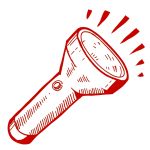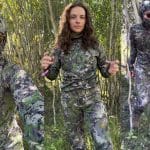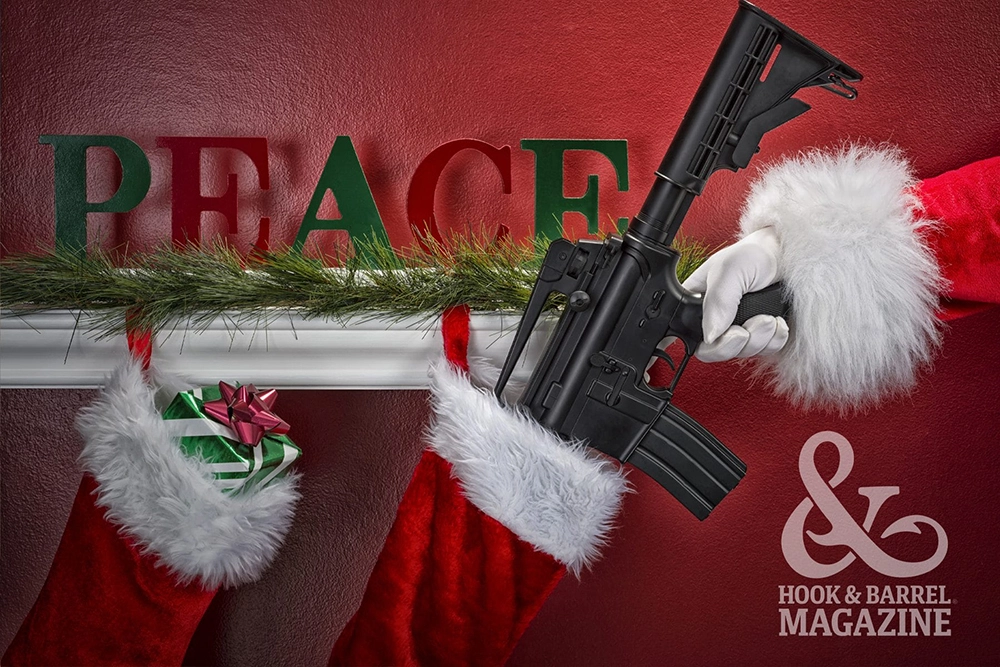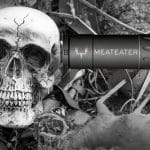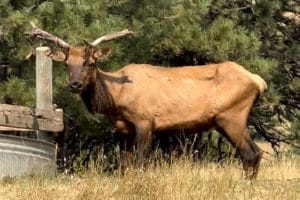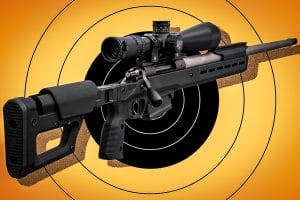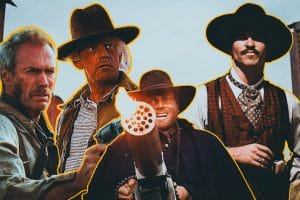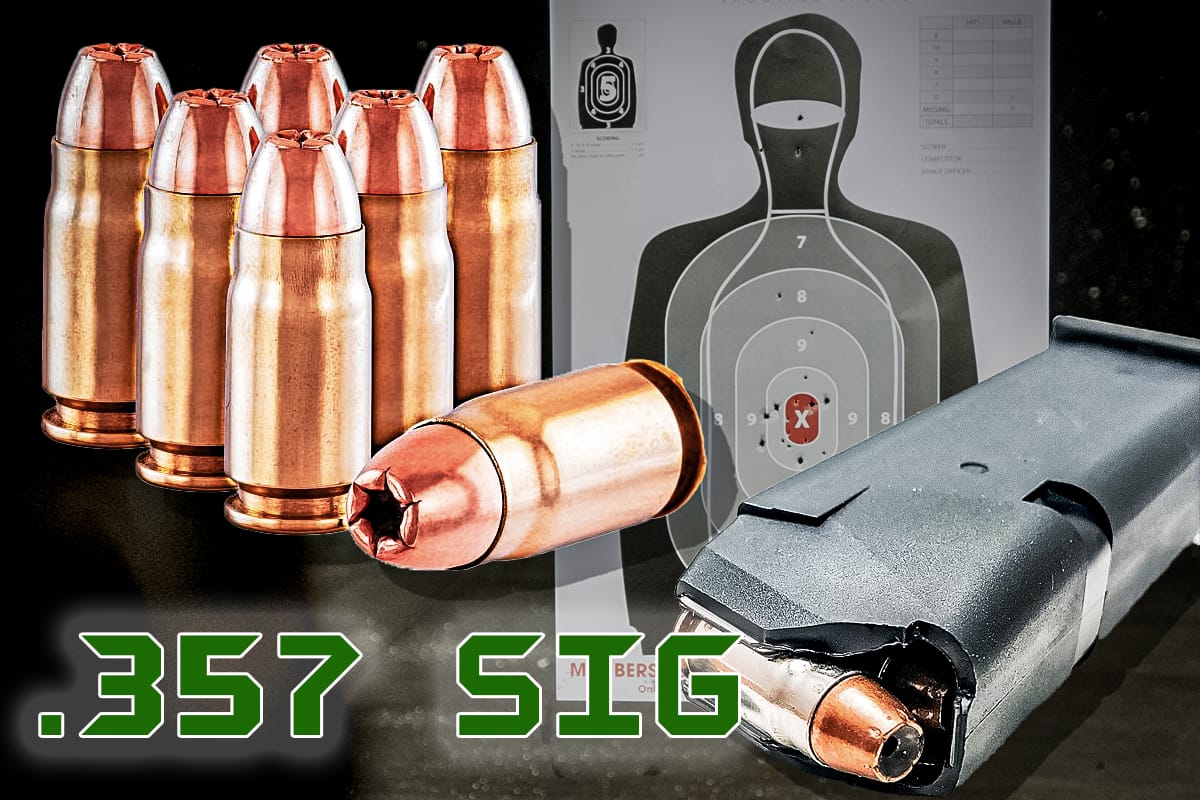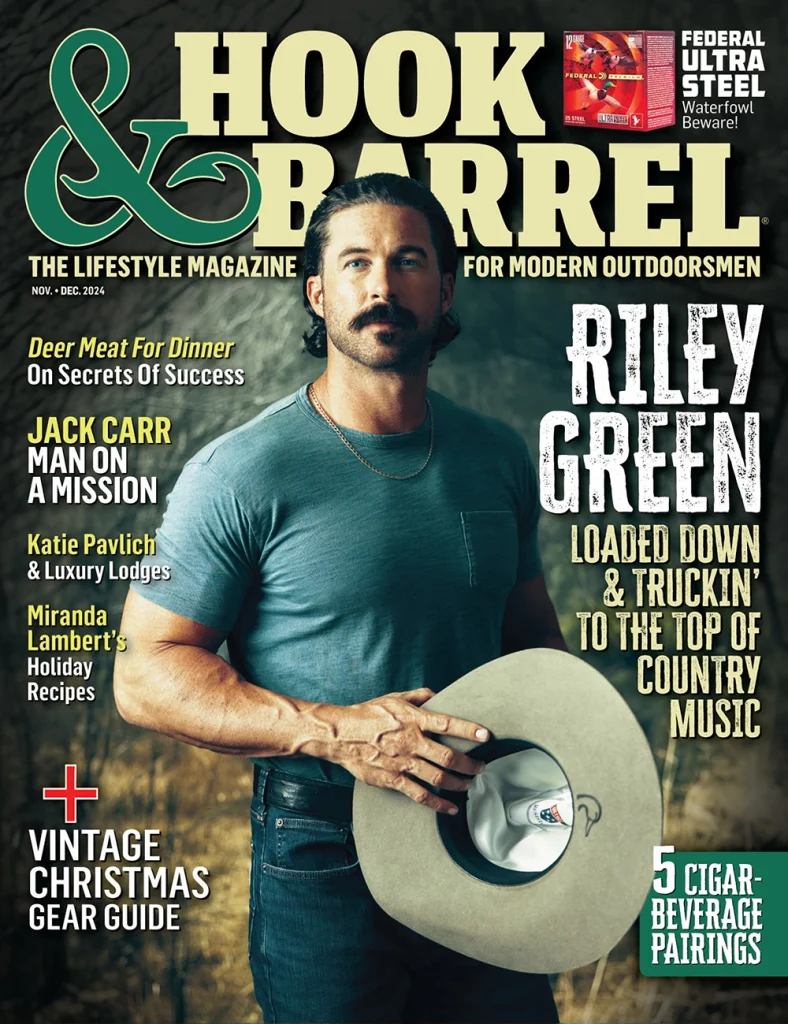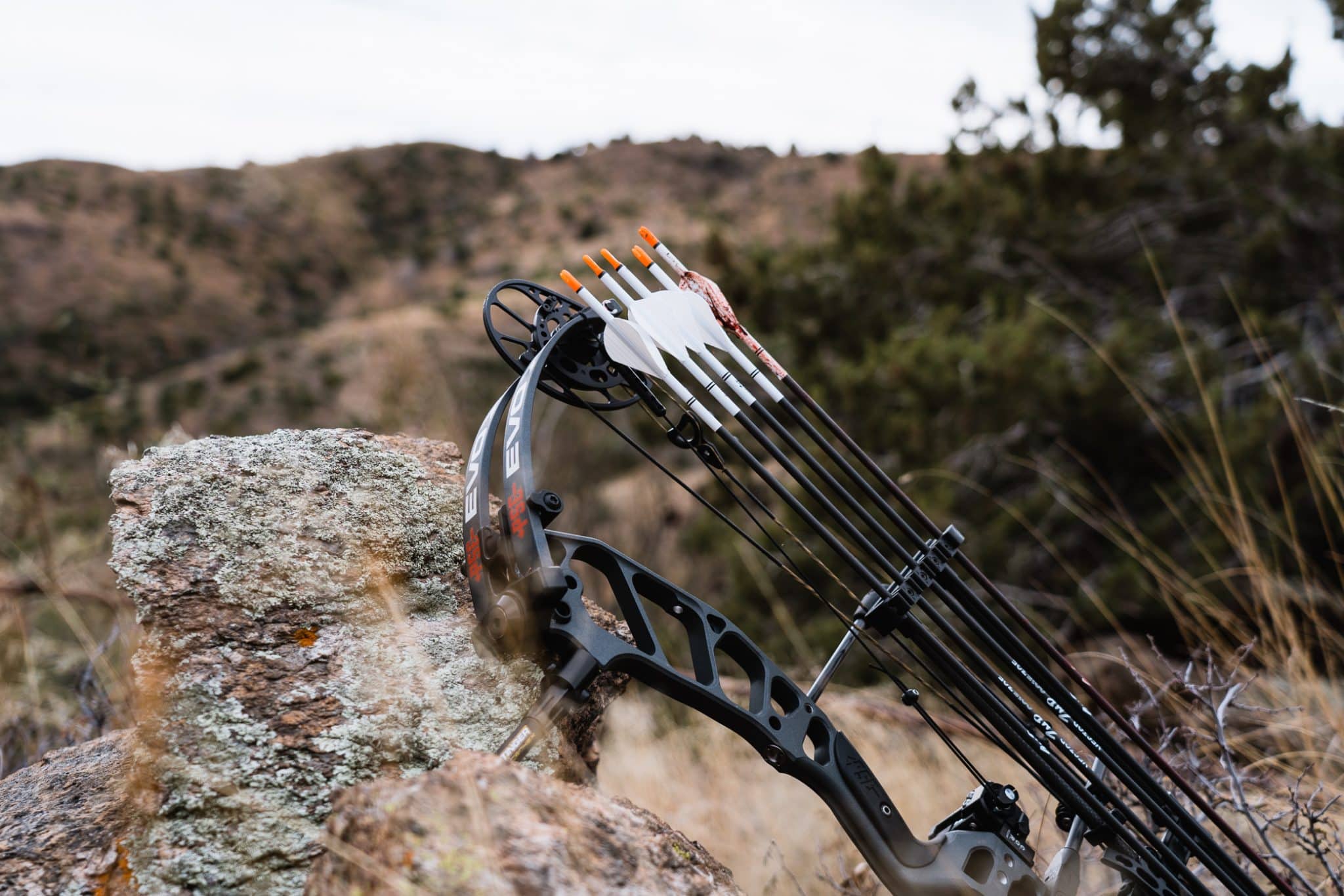
When it comes to ethical bowhunting, distance is both subjective and objective.
The word “ethics” gets thrown around a ton in the hunting community. Understandably so when talking about willingly taking the life of an animal. There’s a lot at stake. Things that can go south in a hurry. In the bowhunting world, ethical shot distance seems to be an ever-evolving conversation. Especially around spot and stalk bowhunting.
Traditionally, hunting with a bow and arrow has always been looked at as a “close game” type of hunt. Which is awesome. Nothing is like being within spitting distance from a relaxed animal in the field. Like anything though we, along with our equipment, have evolved immensely. If you haven’t noticed, we no longer drive Model T’s around… Things are different.
With that being said, and with the definition of ethics in mind, I’m going to turn the tables and open up a question to discuss. Is closer really better with a bow? Or is there more to consider?
Ethics – moral principles that govern a person’s behavior or the conducting of an activity.
The can has yet to be completely open, so I want to say first and foremost that I sit neutrally in this discussion. Each side has pros and cons, so let’s go through them.
Ethical Bowhunting: The Close Game
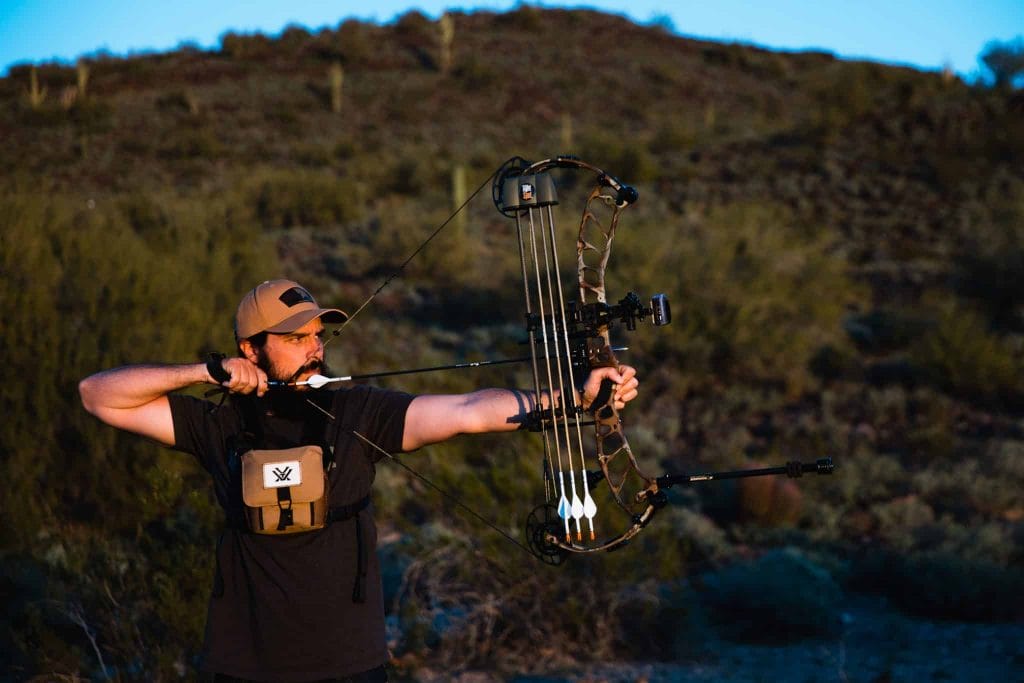
Close quarters. It’s a captivating experience. Time seems slower and our senses skyrocket.
I’ve had countless interactions in tight with critters, and I cherish each one of them. Hearing an animal breathe and watching its nostrils expand and contract as it tastes the air is enough to put a person in a trance. On the hunting side of things, being in close increases your margins of error in terms of shooting. Which is much appreciated, as are short tracking jobs. These moments are addicting. They can also be crippling though.
On the surface, yes, you’re much more likely to hit what you’re aiming at in close quarters. But there’s more to this than just the shot distance.
While you’re theoretically more likely to hit what you’re aiming at, you’re also more likely to alert the animal to your presence whether through movement or noise. Which unearths more of a possibility the animal jumps the string. It also invites more nerve into the mix when both you and the critter are on edge. And let’s not forget about the word “nerve.” Not everyone has ice running through their veins. Most have quite the opposite, and cannot think straight in the least, which are key ingredients in a bad shot.
It’s an interesting conversation. The very thing that is so addicting, which is being really close to critters, can also work against you. I’ve personally seen more bad shots happen at close range than far. Of course, this is going to differ from person to person, and the level of experience comes into play, but it’s all relevant to the topic.
Pros
- Top-notch experience
- More margin for shooting error
- Higher chance of short tracking job
Cons
- Less room for error in front of animal(more chance of alerting them)
- More chance of jumping the string
- Heightened nerves can lead to a bad shot
Ethical Bowhunting: The Long Game
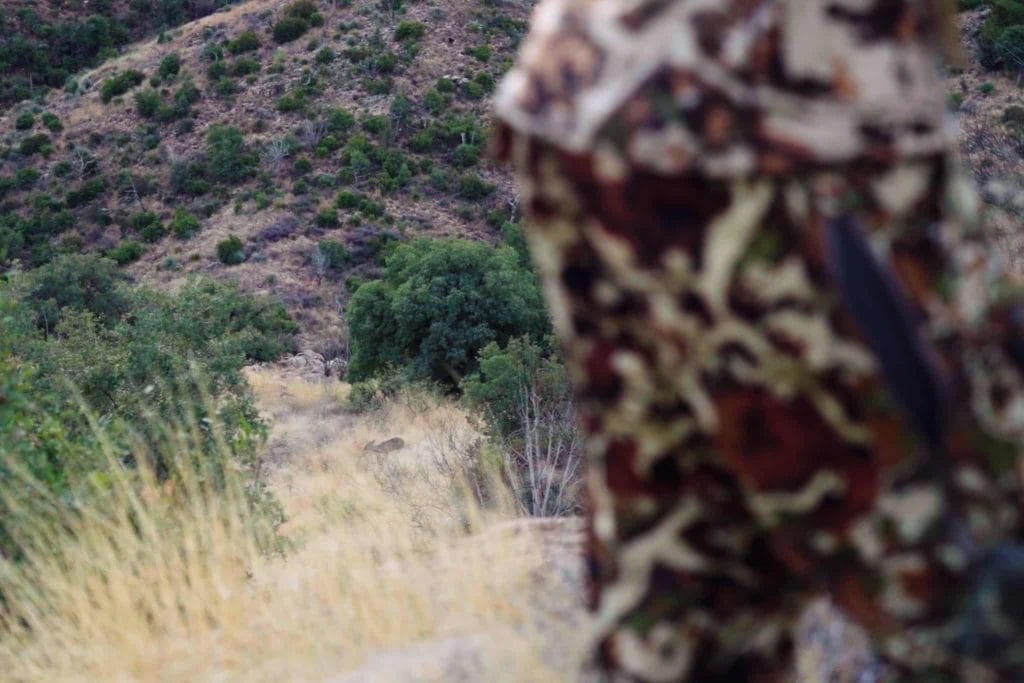
And now we flip the script. Long-range bowhunting — or “spot-and-snipe” as a friend of mine calls it — is looked at as a fairly new practice. However, that’s just not true at all. It’s simply gotten more honed with our advancements in equipment and evolution as shooters.
Being further away from the animal may not have the same spellbinding experience, but it does come with its benefits. For starters, the animal is much more likely to be relaxed and unaware of your presence. You’re able to move a little more freely without so much worry of being busted. Time is also usually on your side here as well, particularly with the shot. You’ve got the time to pull back, anchor, and really focus on making a well-placed shot. And while doing so, our nerves aren’t near as pumped as they’d be in close quarters.
The dark side of the moon though is that long shots are harder to be accurate at. You’ve really gotta be on your A-game from practicing ahead of the season and having a well-tuned bow to staying in your shot sequence during the moment of truth. Because it’s so touchy of a shot, the likelihood of a marginal shot can go up. Which can lead to longer tracking jobs and even not finding the animal at all. There are more and increased variables at a longer range. Things like animal awareness, wind drift, and of course us as archers.
Ability is not a cookie-cutter thing from person to person. Some folks are just better at shooting than others. I know bowhunters that I’d trust hitting a dot at 80 yards over others at 40 yards. I also know some that can hit a dot at 100 yards but mentally melt at any distance in front of an animal. This means that this long-range business is also not a cookie-cutter thing. Not everyone should or can do it. Honesty is very important here.
Pros
- An animal is more likely to be relaxed
- More time for a well-executed shot
- Nerves less on edge, which translates into a better shot and presence of mind
Cons
- Harder to be accurate
- Chances of marginal shot can be increased(variables are increased)
- Not for everyone
Last But Not Least: The “Middlish” Game
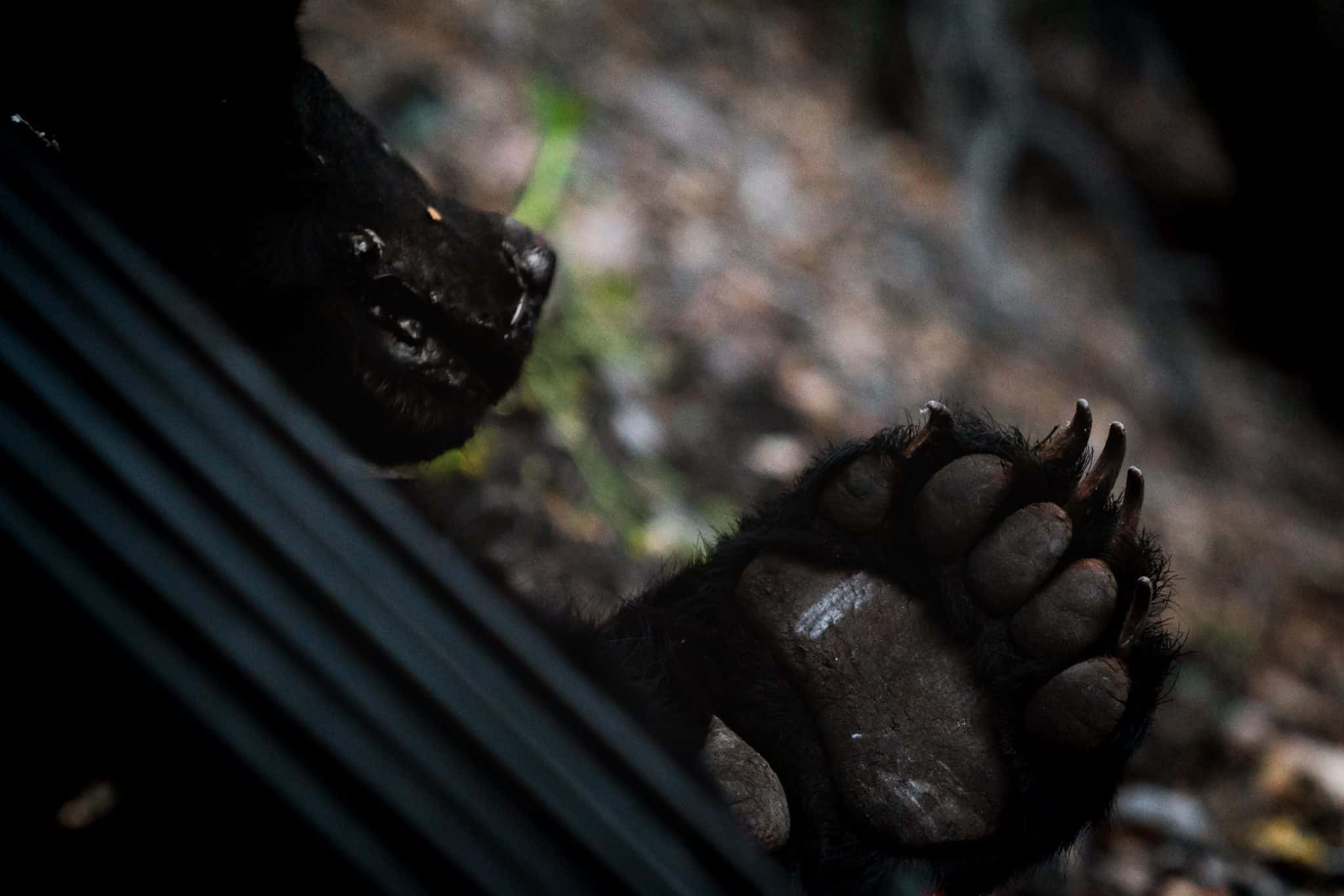
I’ve gotta touch on something else before we close this out. There is a sweet spot I believe between close and long-range. That range between 40-60 yards is a really comfortable spot to be. It offers all of the pros of both worlds with fewer cons. It’s what I call the “Middlish” game, where most folks seem to find success in the west.
This middle ground is close, but not so close that you feel like you need to walk on eggshells. And it’s far, but not so far that you need to be a sharpshooter behind the string. So, a higher chance of an accurate shot with less chance of an on-edge animal or even an on-edge hunter. It’s a great round goal to keep in mind, especially when spot and stalk hunting the west.
Final Thoughts: Ethical Bowhunting
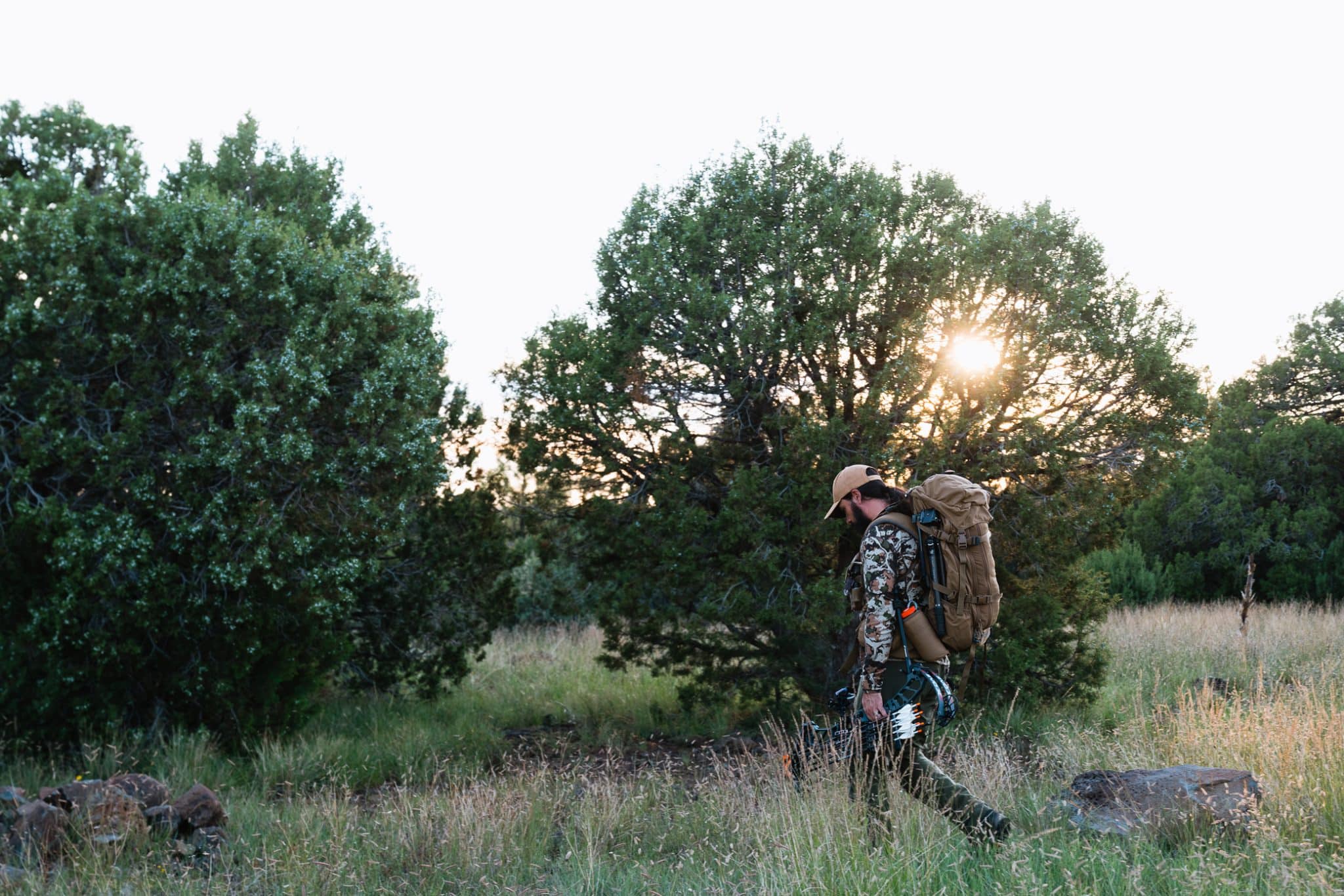
So, to circle back to the question at hand. Is closer really better? From where I’m sitting I’ll say, maybe. You need to let the situation dictate what you do though. Throughout that what should always be in your best interest as a bowhunter is doing what will give the highest chance of a quick and clean kill. Whether that happens at 20 yards or 80 yards, it’s always there and should be at the top of your mind.
A hunter that wounds an animal at 20 yards is not more just than one that makes a clean kill at 80 yards. Which one is more ethical? The potentially relaxed animal at a farther distance or the potentially on-edge animal closer? In a perfect world, it would be a closer animal that is relaxed right? This world is not perfect though and neither are hunters, whether they are animals or humans. We are trying to intentionally take a life, and that doesn’t always go as planned.
The bottom line is what is ethical for one person, may not be ethical for another. This is where being a grown-up comes into play. Be honest with yourself and your abilities in both shooting and hunting. Set boundaries for yourself based on your skill level. You’re the one at full draw, after all.
Cameron Hanes Is Changing the Game

